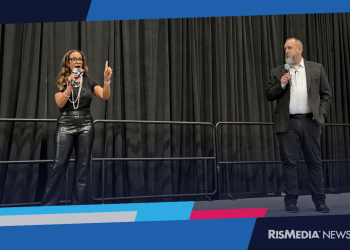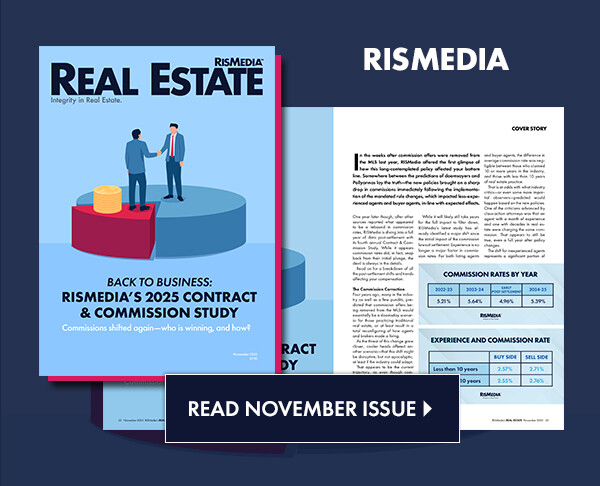Institutional investors, or large financial entities which have become buyers in the housing market, have built a consistently growing real estate portfolio. The latest findings from Cotality (formerly CoreLogic) show that in the first half of 2025, institutional investors’ marketshare of home purchases reached a new peak.
The Cotality report states that in January of 2025, the proportion of homes purchased by institutional investors reached its highest level in at least six years, at 31.9%. This has ticked down slightly to 29% as of June 2025, but that share is still high compared to previous years. For example, in June 2024, only 25% of home purchases were made by investors.
These investors’ lowest marketshare in the past six years was in April 2020, at 14.5% of purchases. Since then, the share of investor purchases has been generally ticking up albeit with a few dips along the way.
“Investors expanded their market presence significantly in 2025, building on historically high levels,” said Thom Malone, principal economist at Cotality in the company’s press release on the report. Malone attributed this to the investors’ “resilience in a high-price, high-rate environment.”
However, the report noted that investors taking up a larger marketshare is “largely due to a decline in owner-occupied transactions.” In fact, the raw purchase volume of homes by institutional investors has shrunk.
During the first half of 2025, investors purchased an average of 85,000 properties, largely unchanged from the 84,000 average during the first half of 2024. In 2022, however, the monthly purchase average was 120,000 homes.
Cotality projects that a return to this number is “unlikely without similar price appreciation,” but that investors’ marketshare will remain steady throughout the rest of 2025.
Small investors, or those with less than 10 properties, retain the highest marketshare at 14%. Cotality pointed to medium-sized investors (who own between 10 – 99 properties) as the primary drivers of the ongoing increase; medium-sized investors boosted their marketshare from 6% to 10% over the last year. Large investors (101 – 1,000 properties) were 3% of the market, while mega investors (over 1,000 properties) were 2%.
Cotality reported that of the major U.S. metro areas, the cities with the highest percentages of investor purchases were Dallas, Texas; Houston, Texas; Atlanta, Georgia; Phoenix, Arizona; and Los Angeles, California.
Criticism of institutional investors has generally been that their presence in the market creates a disadvantage for individual homebuyers. Laws to limit their buying activity have been floated, and one recently passed in New York state. It remains to be seen what if any further action will be taken as institutional investors maintain a housing market presence.
“As (the) adverse conditions (for buyers) are expected to persist, investors are well positioned to meet rental demand,” Malone said. “Their tendency to buy with all cash means high interest rates are less of a deterrent. Plus, current high prices can be offset by strong rental returns.”
For the full Cotality press release about these findings, click here.












